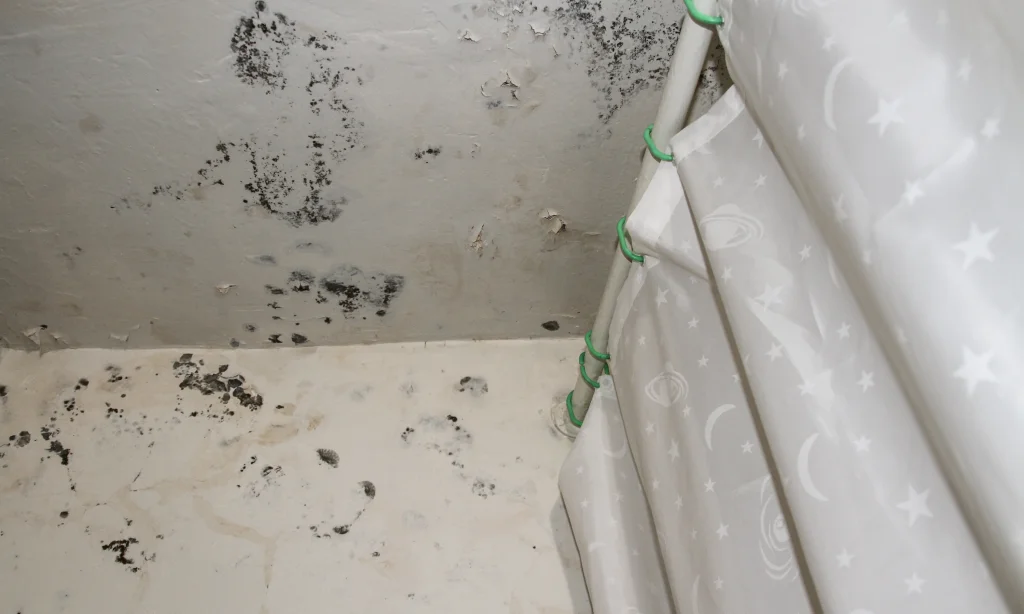
The Role Of Bioresonance Therapy In Mildew Fungi Contamination
While we often pay close attention to the more obvious exposures that may affect us, such as trying to avoid being in the presence of a person that is ill with a disease that can be transferred from one person to another, we usually fail to identify some of the less obvious exposures – which can often be found right in our homes. We are talking about mildew fungi that can grow within any part of our homes that are moist and warm – on the walls, in the basement and in many other locations.
The Many Dangers Of Mildew Fungi
Fung and mold are found everywhere in the environment – not only in nature, but also in our homes, even though we tend not to notice it. These infestations of our homes often tend to cause unpleasant smells, which is one of the most obvious adverse effects they may have, but they do not always cause such smells to develop.
It is already well-known that the growth of mold causes excessive damage to the underlying material, whether it is paint or wood, or any other material, based on where the mold develops. Unfortunately, the effects that the growth of mold in the home has on the human body often goes unnoticed, yet Fungi has been deemed more threatening as malaria by the Daily Mail more than two years ago.
They explain that fungi contaminations pose several threats to human health. It is known that these species cause about one third of food to be destroyed in many cases. Apart from the fact that fungi cause food to be destroyed, fungi also pose as a threat to the wellbeing of those individuals who are exposed to these species.
While a fungi infection on the toes does not usually pose as a significant threat to the wellbeing of a person, certain types of fungi do tend to cause serious symptoms that can lead to death. Candida, for example, can cause mucous infections and infections on the skin, and causes death in up to 49% of cases. Histoplasmosis and Aspergillosis, two particularly dangerous species of fungi, can cause respiratory infections and lead to death. Pneumocystis, the fungi species that causes pneumonia, is also known to be deadly in up to 20% of cases.
Preventing And Controlling Mildew And Fungi In The Home
With the serious consequences of mildew fungi infections in the home in mind, it becomes obvious that the best solution would be to prevent such infestations in the first place; thus reducing the risk of obtaining an infection from these particular microorganisms. There are many ways in which a person can prevent the infestation of mildew and fungi in their homes – hygiene is the key to prevention.
Mother Nature Network recommends starting out by identifying potential areas in the home that may be prone to developing such infestations. Any wet region in the home should also be dried as soon as possible to minimize the dampness available for fungi to develop. Ventilation is also essential for preventing too much moisture. In addition to these steps, people should also utilize products that are mold-resistant in their homes.
Treatments For Mildew Fungi Contamination
In the event where the fungi has infected a person and caused symptoms to develop, such as respiratory infections or lung problems, treatment needs to be administered to the patient in order to avoid the infection from causing serious symptoms that may even be life-threatening in some cases – as we have already noted, there is a significant risk of reaching mortality when infected with the fungi contaminations we are exposed to.
The treatment that is administered to a patient will obviously depend on the type of infection or disease they have developed due to their fungi exposure. Thus, a doctor first needs to examine the patient and discuss the symptoms they are experiencing. Thereafter, appropriate medication can be provided to the patient to help them overcome the symptoms and treat the infection.
The Role Of Bioresonance Therapy
In addition to utilizing appropriate treatments for getting rid of manifested infections and other symptoms due to exposure to fungi contaminations, many patients also find that combining their treatments with bioresonance therapy sessions offer them the ability to get rid of the infection faster than when only utilizing medication to destroy the fungi microorganisms in their body.
Final Words
Mildew fungi contamination poses a serious threat to the human body, yet goes unnoticed in most cases. Yet, the growth of these infestations in the home can lead to serious consequences to human health, such as respiratory infections, pneumonia and more. The prevention of mildew fungi contamination in the home is the most appropriate method for avoiding the numerous consequences involved. When an infection has developed, however, medical treatment is often necessary. Bioresonance can be utilized in combination with standard pharmaceutical treatment methods to increase the success of the treatments administered to a patient; thus also resulting in a speedier recovery.
Search Testimonials
It is important to remember that individual anecdotes and testimonials should not be used as the sole basis for making decisions about medical treatments or therapies.
When it comes to alternative therapies like bioresonance, it is essential to rely on evidence-based research and the advice of trained medical professionals. While some people may have positive experiences with bioresonance for their animals, it is important to approach these claims with caution and seek out reliable information from reputable sources.
Ultimately, the decision to pursue bioresonance or any other alternative therapy for your animal should be made in consultation with a veterinarian or animal health professional who can help you weigh the potential benefits and risks.
Pollen – a nuisance for our animal companions too
Hay fever patients are only too familiar with the problem. Year after year the misery begins in the spring with stinging eyes, runny itchy nose and, in severe cases, with a cough and asthma as well. What is perhaps less well known is that our animals too suffer increasingly from this same medical condition.
Just as with humans, the incidence of allergies is also becoming more frequent in animals. Allergic reactions may be provoked by airborne allergens such as pollen, house dust and house dust mites, amongst other factors. Food intolerance is also on the increase, however, and represents a distressing problem for the affected animals.
Now, in spring, as it gets warmer, allergic animals are all suffering as well. With animals it is mainly their skin which itches or else their
noses run more and they occasionally sneeze. Changes in their coats and reddening of the skin are often noticed in the face, feet and ears. These areas often display bloody claw marks and develop into very painful weeping eczema, indicating the severity of the irritation.
This type of problem in animals can be treated with the allergy programs pre-loaded in the Bicom device.
Dr. med. vet. C. May
Quick Links


Facebook
Instagram
Mail